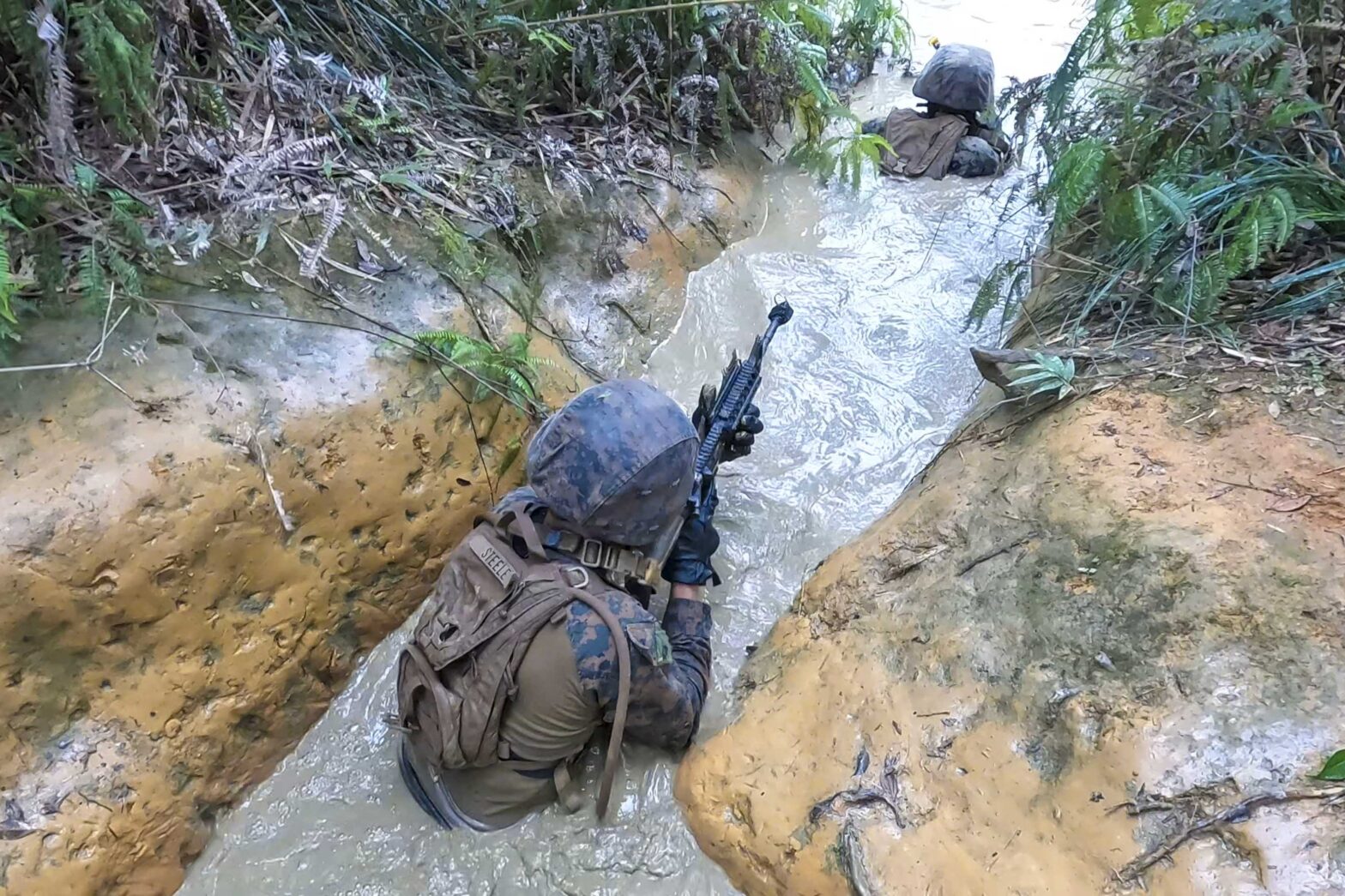A study done on operators in elite Military units who had served between 10-15 years and had repeated exposures to low-level blasts (LLB) showed impaired speed and accuracy with divided focus and target following eye movements compared to controls without repeated LLB exposures. [1]
These elite operators showed impaired speed and accuracy with divided focus and target following while sitting at a computer in a low stress environment.
How does that translate when we add in movement, in a highly sensory stimulating environment, with cognitive and emotional stressors?
I understand there is a dichotomy of readiness, and that we will not mitigate all the LLB exposures.
But when every millimeter and millisecond matters, how can we expect operators to maintain readiness and lethality if we don’t target these essential capabilities and systematically and objectively train speed and precision of movement with speed and accuracy of target acquisition and following?
If we can maximize this capability, what positive impact on performance can it have on cognitive and emotional stressors? Because confidence in motor skills performance can translate to attention on managing cognitive and emotional stressors.
Speed and precision are fundamental to readiness and lethality.
References:
- Hunfalvay, M., Murray, N. P., Creel, W. T., & Carrick, F. R. (2022). Long-Term Effects of Low-Level Blast Exposure and High-Caliber Weapons Use in Military Special Operators. Brain Sci. 2022, 12, 679.
